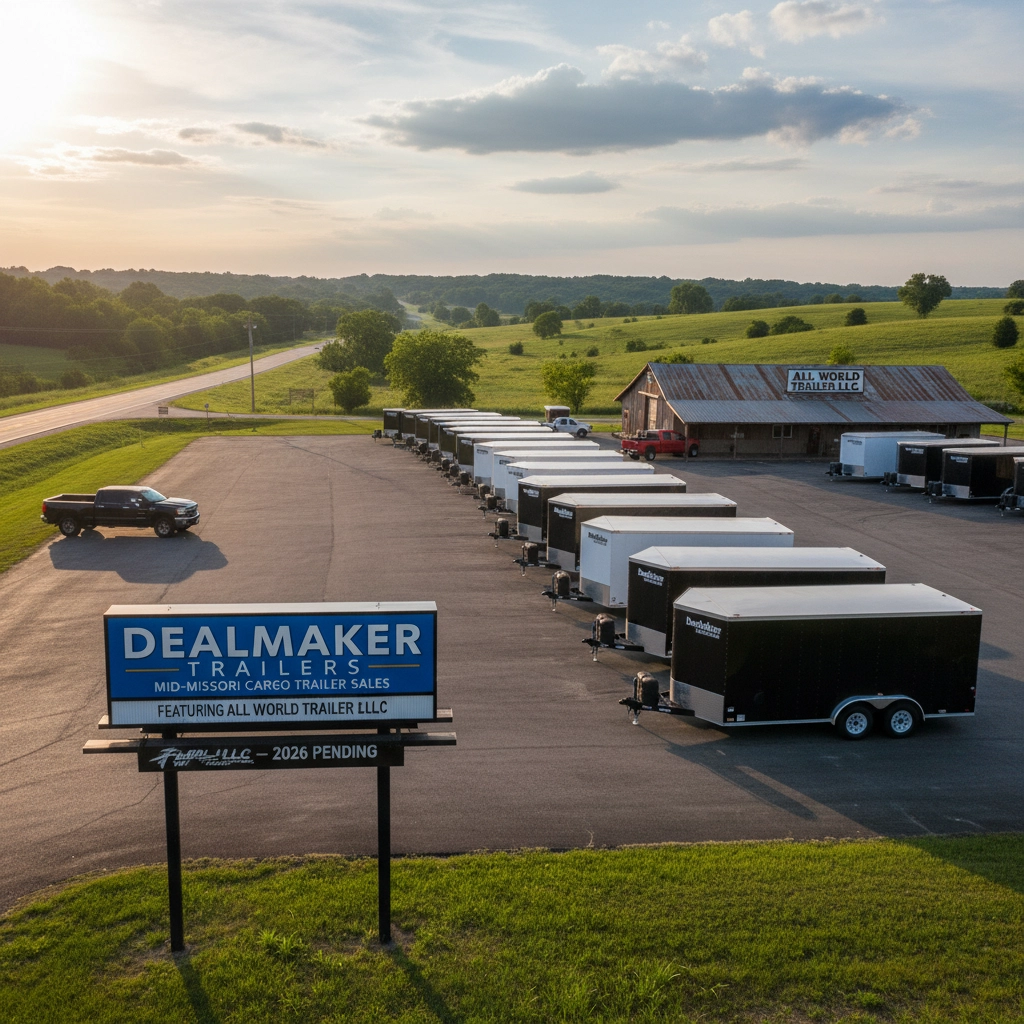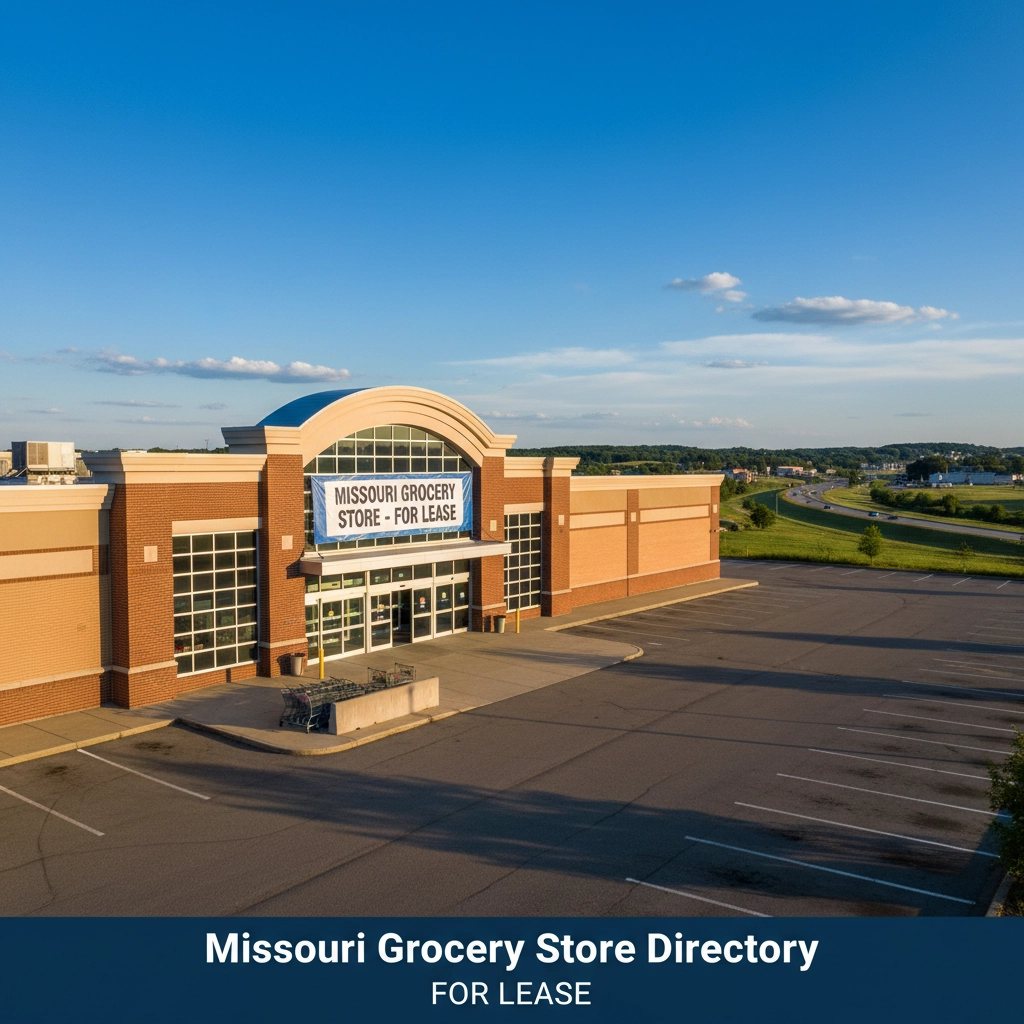Discovering Central Missouri: Sedalia: A Storied History | Amerishop Salute to Mid Missouri Towns
- Randy Dinwiddie

- Oct 3
- 5 min read

In the heart of Missouri's rolling prairie lands lies a city born from one man's audacious dream and shaped by the thunderous arrival of the iron horse. Sedalia stands today as a testament to American ambition, railroad prosperity, and the wild spirit of westward expansion that defined the 19th century.
The Prairie Dreamer's Vision
Picture this: It's 1857, and a man named General George Rappeen Smith stands alone on 503 acres of seemingly endless prairie grass, envisioning something that exists only in his mind: a thriving railroad town. The locals thought he'd lost his marbles. Who in their right mind would try to sell lots in a "town" where there was nothing but waving grass as far as the eye could see?
Smith had named his paper town "Sedville" after his beloved daughter Sarah, affectionately called "Sed." But the skeptics were merciless, ridiculing him for his prairie fantasy. For nearly three years, from November 1857 to October 1860, Sedalia existed only on Smith's carefully drawn plat, with just a handful of scattered houses dotting the vast landscape.
Yet Smith wasn't just a dreamer: he was a strategist. While others laughed, he quietly purchased timberland and erected a sawmill, preparing the infrastructure his future city would need. He had his eye on something bigger than anyone could imagine: the railroad.
The Iron Horse Arrives
The transformation began when Smith successfully lobbied the Pacific Railroad to route their westward line from Jefferson City to Kansas City directly through his settlement. It was a masterstroke of 19th-century civic promotion. In October 1860, Smith partnered with David W. Bouldin to file an enlarged plat, officially changing the town's name to Sedalia. Local legend claims the name change happened because "towns that end in -ville don't amount to anything."
January 17, 1861, marked the day everything changed. The first passenger train pulled into Sedalia via the Missouri Pacific Railroad, its whistle echoing across the prairie like a victory cry. The sound that had once seemed impossible now announced the birth of a true railroad town.
Within months, the population swelled from scattered homesteaders to 300 residents. The railroad brought jobs: lots of them. Track maintenance crews, machine shop workers, and all the businesses that sprouted around a railroad terminus created a bustling economy where there had been only prairie grass.

War Comes to the Prairie
Sedalia's timing was both blessing and curse. The town officially incorporated just six months before the Civil War erupted, and suddenly, instead of focusing on growth and prosperity, residents faced the harsh realities of a nation torn apart.
The war actually helped Sedalia in an unexpected way: it forced the railroad's westward expansion to halt at their depot, making Sedalia the literal "end of the line." This brought tremendous commercial activity, but it also brought danger.
On October 15, 1864, approximately 1,500 Confederate cavalry under General Joseph O. Shelby's Iron Brigade surrounded the town like something out of a Western movie. They overpowered the Union militia and began looting businesses. The situation looked dire until Confederate General M. Jeff Thompson stepped in, ordering his men to cease their destruction and move on. The town had dodged a bullet, literally.
But fire proved more destructive than war. On March 4, 1864, flames swept through the business district, destroying 15 buildings and claiming eight lives. It was a devastating blow to the young community, but Sedalia's residents proved their mettle by rebuilding bigger and better.

Gateway to the Wild West
When the Civil War ended in 1865, Sedalia's real golden age began. The town became the crucial link between the civilized East and the untamed Southwest. Before New Mexico had railroad access, everything destined for the territories: supplies, equipment, dreams, and dreamers: came through Sedalia.
The scene must have been something to behold: wagon trains loading up with goods that had arrived by rail, preparing for the long journey down the Santa Fe Trail. The town became headquarters for the great Overland Stage Line, and suddenly, Sedalia wasn't just a railroad town: it was the gateway to adventure.
Business boomed like nothing the region had ever seen. Entire stores from surrounding communities: Otterville, Syracuse, Tipton: picked up and moved to Sedalia, sometimes bringing their actual buildings with them. The town was literally growing by absorption, becoming the commercial heart of central Missouri.

Cattle Kings and Cowboys
When the railroad finally reached Kansas City after the war, Sedalia's role evolved again. The town became a crucial stop in the great cattle drives of the 1870s and 1880s. Texas longhorns, driven north by weather-beaten cowboys, would arrive dusty and trail-weary. Sedalia's stockyards, hotels, and saloons provided the services these men and their herds needed.
The stories from this era read like Hollywood scripts. Cowboys flush with payment after selling their herds would paint the town red, spending months of wages in a few wild nights. Local businesses thrived on this seasonal influx of rough-and-ready customers who brought tales of stampedes, river crossings, and encounters with bandits.
Building a Legacy in Brick and Stone
As Sedalia prospered, its citizens invested in permanent structures that reflected their growing wealth and confidence. The downtown district that visitors see today tells this story in brick, stone, and ornate architectural details.
Between 1870 and 1890, Sedalia's main streets filled with impressive Italianate commercial buildings, their tall windows and decorative cornices announcing the town's prosperity to anyone stepping off the train. Later came Romanesque Revival structures with their distinctive rounded arches and massive stone work, followed by sleek Art Deco buildings that carried the town into the 20th century.
These weren't just buildings: they were statements. Each elaborate facade declared that Sedalia had arrived as a permanent, prosperous American city. The Katy Depot, completed in 1896, stood as perhaps the grandest symbol of the town's railroad heritage, its clock tower visible for miles across the prairie.

Preserving the Past
Today, more than 100 of these historic commercial buildings still line Sedalia's downtown streets, creating one of Missouri's most impressive collections of 19th and early 20th-century architecture. Walking through the district is like stepping back in time: you can almost hear the clip-clop of horses, the rumble of wagon wheels, and the distant whistle of approaching trains.
The Missouri State Fair, which has called Sedalia home for decades, continues the town's tradition of bringing people together from across the region. It's a fitting legacy for a place that began as one man's impossible dream on an empty prairie.
From General Smith's audacious vision to its role as a railroad terminus, from surviving Civil War raids to serving as gateway to the American West, Sedalia's story embodies the ambitious spirit that built the American Midwest. The town that skeptics once mocked as a fantasy in the grass became exactly what its founder envisioned: a thriving hub where commerce, transportation, and community converged.
Today, as modern travelers speed past on Interstate 70, few realize they're passing through one of Missouri's most historically significant communities. But for those who take time to explore Sedalia's tree-lined streets and magnificent historic buildings, the stories are still there, waiting to be discovered in every brick and beam of this remarkable railroad town.
















































Comments